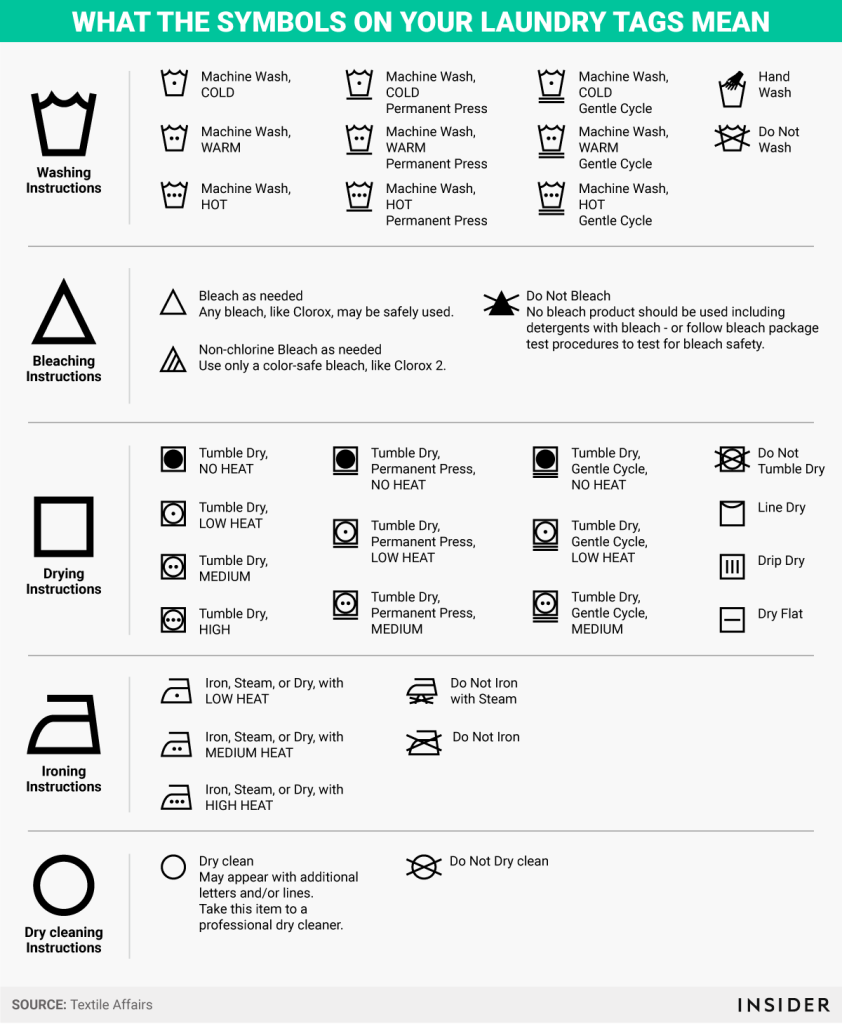Nobody likes stains. However, they’re an inevitable part of life. That’s why pre-treating them before taking them to the dry cleaners ensures that your clothes last long, and they can clean them easily.
Learn how to treat your stained clothes effectively before you take them to the dry cleaners in our blog.
Stains are an unwanted part of daily life. Nobody intends to get them, but they end up getting them anyway. For instance, you might be at a friend’s birthday party, and accidentally get some Crème Brûlée on your dress.
Or, you might be cleaning your bike, and get some oil stains on your overalls. Either way, neither of these instances is desirable, right? That’s where dry cleaners come in. You might wonder, can dry cleaners remove stains?
The answer is yes, they do.
Now, you should ideally get your stained clothes ready before taking them to the dry cleaners. Let’s explore why and how you can do that in the sections below.
Why Proper Preparation Matters for Stain Removal
Preparing your clothes before taking them to the dry cleaners ensures that the stains do not set or become permanent fixtures. Apart from that, you make it easier for the dry cleaners to remove the stains, since they begin to dissolve.
Let’s now take a look at how you can prepare your stained clothes before dropping them off at the dry cleaners.
How To Prepare Stained Clothes Before Taking Them To The Dry Cleaner?
You can prepare your clothes at the dry cleaners by following these steps:
Separate Stained Clothes from the Rest
First and foremost, you should keep your stained clothes away from your normal clothes. This will prevent the normal clothes from being stained by the affected clothes.
Identify the Type of Stain
After separating your clothes, you must do is identify the type of stain on the clothes. That’s because this will help you prepare your clothes effectively. Using the wrong method might worsen the stain or damage your cloth fabric.
Let’s understand the different types of stains below.
What Are The Common Types of Stains?
You will commonly find that stains on clothes can be classified into the
following categories:
- Protein-based stains
- Oil-based stains
- Tannin-based stains
- Combination stains
- Dye stains
- Special stains
Take a look at the table below to understand what these stains are caused by:
| Type of Stain | Cause/Source |
| Protein-based stains | Eggs, ice creams, blood, milk, and cream. |
| Oil-based stains | Car oil, grease, lubricant, lotions, cooking oil |
| Tannin-based stains | Coffee, tea, perfumes, alcohol, soft drinks |
| Combination stains | Steak and red meat, vinegar and oil, crayons, Tomato sauce |
| Dye stains | Ink from pens, hair dye, cloth dye, color-bleeding clothes, Ink for markers |
| Special stains | Rust, smoke, pesticides, chewing gum, smoke |
Table 1: Types of stains and sources
Why Stain Type Affects the Cleaning Process?
Identifying the stain helps you understand which products you should use to treat your clothes properly before giving them to the dry cleaners. That’s because every stain has a different reaction to different products.
Identifying the stain type also helps you communicate about the same with the dry cleaning professionals when you visit them.
Check the Fabric Care Label
You should always check the type of fabric care label when preparing your clothes for the dry cleaners. That’s because the fabric care label contains clear instructions on how to wash, dry, iron, and dry clean the clothes.
So, not following them can damage the fabric of the clothes and also worsen the stain.
Understanding Fabric Sensitivities
The dress’s fabric is made of determines how it responds to stains and cleaning methods. Some of the common types of fabrics used in clothes below are:
- Cotton: It can absorb water easily and requires delicate handling.
- Wool: It is generally durable, but responds poorly to heat.
- Silk: It requires careful handling
- Polyester: It does not shrink easily, but can be stained easily by oil
What Do Labels Tell You About Cleaning Options?
Take a look at the image below to understand what each of the care labels on clothes means:

Image 1: Understanding Fabric Care Labels
These labels basically help you understand which clothes you should send to your dry cleaners, and how they should be cleaned.
Avoid DIY Fixes That Can Set the Stain
You might be tempted to use some DIY hacks to prepare your clothes before taking them to the dry cleaners. However, you should not do that. Let’s learn why below.
What Not to Do Before Visiting the Cleaner?
Before you take your clothes to the dry cleaners, you should avoid doing the following things as per the table below:
| Mistake | Kind of stain it worsens /Effect |
| Using hot water | Worsens protein stains like blood |
| Applying too much stain remover | Makes area hard to rinse |
| Excessively rubbing the stained area | Spread the stain over a bigger area |
| Using soap | Worsens stains caused by coffee, tea, or red wine |
| Applying salt to alcohol or sugar-based stains | Sets stains permanently |
| Using bleach on wool or silk | Weakens fibres, damages clothesworsens stains |
Table 2: Mistakes To Avoid When Preparing Clothes For The Dry Cleaners
As you can see, these things will simply worsen and set the stains permanently. So you avoid doing them making your life harder.
Why Are Over-the-Counter Stain Removers Risky?
Over-the-counter stain removers generally contain harsh chemicals that damage and discolor your clothes. These products also have a tendency to leave residues on your clothes that attract bacteria.
This further damages your clothes. Using over-the-counter stain removers also causes health issues. Some health issues are respiratory issues, chemical burns, watery eyes and sneezing.
Should You Blot or Rub a Stain Before Dry Cleaning?
Since rubbing can make the stains worse or spread them over a large area, you should consider blotting.
Why Rubbing Can Make the Stain Worse?
Rubbing the stains sets them deeper into the fabric of the clothes, which sets them permanently. Apart from that, excessive rubbing also leads to weakening of the weave of the fabric, which can cause fraying.
How to Blot a Stain the Right Way
You should do the following things to blot a stain properly:
- Using cold water to dilute the affected area, since hot water can worsen the stains
- Drying the affected stain area with a dry cloth to absorb as much of the liquid content as possible. Remember to dab gently, instead of applying pressure since that can worsen the stain
- Apply the cleaning solution to the affected area carefully. Remember to test the cleaning solution before use to ensure it doesn’t affect the cloth
- Rinse the cloth with cold water, and blot again to remove any lingering traces of the stain
- Dry the cloth on a drying rack or in open air
What Materials Are Safe To Use for Blotting at Home?
You should use a clean cloth or a paper towel. If you have any old clothes lying around, you can cut them and use them for blotting as well.
Inform the Dry Cleaner about the Stain
Once you’re done with all the above steps, it’s time to get in touch with a well-known laundry service near you. During your phone call or in-person visit, you must convey all the details of the stains.
What Details Help the Dry Cleaner Treat the Stain Effectively?
Your dry cleaners will need the following details to treat the stain effectively:
- The nature of the stain and when it was caused.
- Which methods you used to prepare the clothes before taking them to the dry cleaners.
- The type of fabric of the cloth and the associated care instructions.
You should mention all these details clearly to help them understand what to do to clean your clothes.
What Should You Communicate With The Dry Cleaner About?
You should talk about whether or not your clothes have any sentimental value or not, which will help them treat the dress properly.
Package the Item Properly Before Drop-Off
You should use garment bags to transport your stained clothes to the dry cleaners. In case some of your clothes are more heavily stained, then you should consider using towels to absorb the stain.
After the towels have absorbed the stain, you can place them in garment bags. For clothes made with delicate materials, consider you should use paper wraps and storing them in clear or dry cleaning bags.
Final Thoughts: Make the Most of Your Dry Cleaning Visit
While no one likes stains, they are an inevitable part of life. That’s why taking them to the dry cleaners helps you remove the stains effectively. However, you should make the lives of the dry cleaners easy, by preparing your clothes accordingly first.
Ready To Have Stain-Free Clothes?
Get in touch with reputed dry cleaners near you today to remove stains on your favorite clothes!
Frequently Asked Questions
Q.1 Can Dry Cleaners Remove Stains?
A.1 Yes, professional dry cleaners are well-versed in removing a variety of stains from various fabrics.
Q.2 How Can Dry Cleaners Get Stains Out?
A.2 Dry cleaners treat stains in the following manner:
i) Pre-treatment of stains (method depends on the stain)
ii) Dry cleaning the stained clothes with a machine
iii) Removing and treating the remaining stains after dry cleaning
They then iron, press, and fold the clothes and prepare them for being delivered back to you.
Q.3 How Long Do Dry Cleaners Take to Remove Stains?
A.3 You should not have to wait for more than 48 hours for your clothes’ stains to be removed.
Q.4 Can dry cleaners remove stains without water?
A. 4 Yes, dry cleaners use a non-water-based material called perchloroethylene or perc to remove stains from your clothes.
Q.5 Does Dry Cleaning Make Clothes Shrink in Size?
A.5 Generally, clothes do not shrink during the dry cleaning process. However, some cloth fabrics might shrink during the tumbling process in washing machines.


